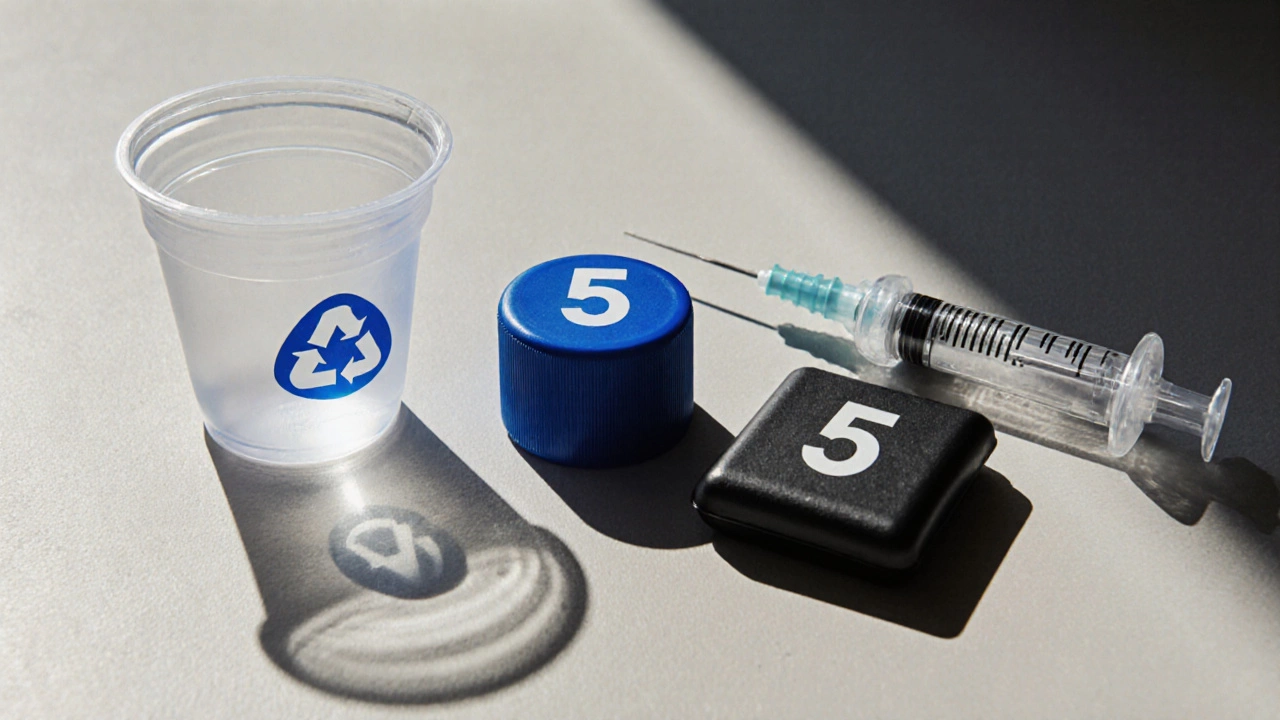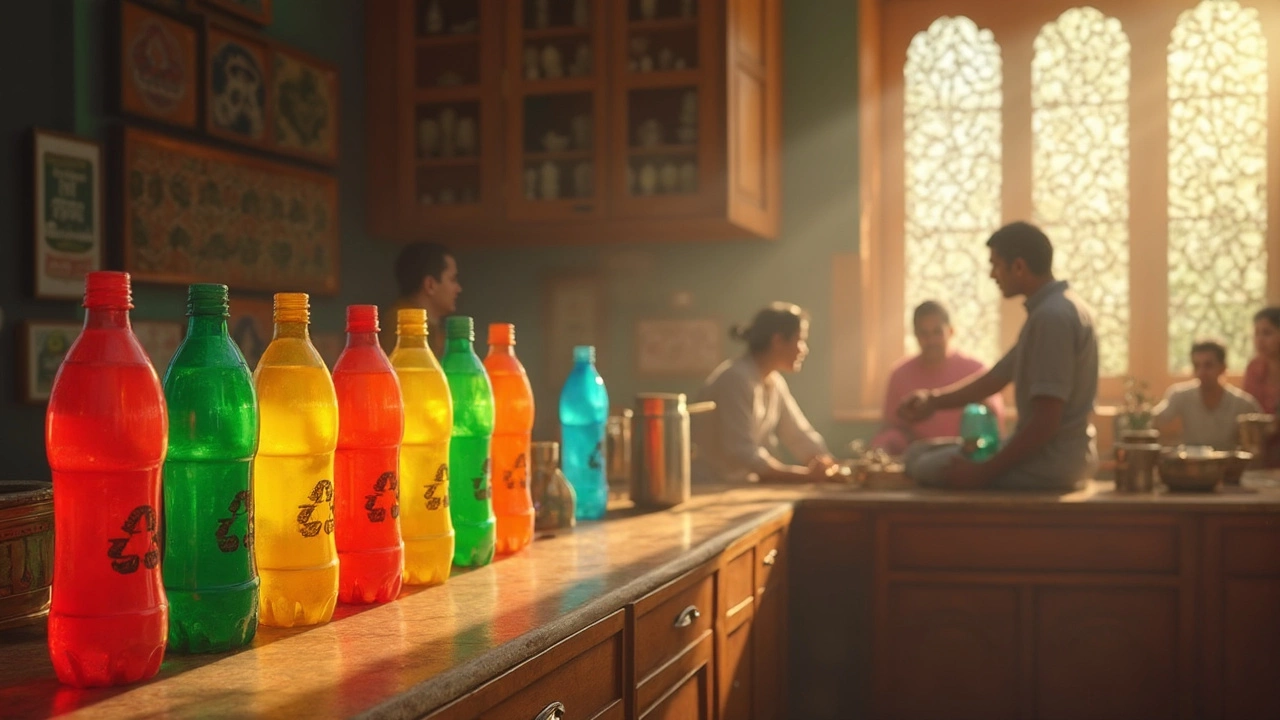Plastic Identification: Quick Guide for Manufacturers and Recyclers
Ever wonder how to tell a PET bottle from a polypropylene bag? Getting the right plastic type in the right place saves money, cuts waste, and keeps your production line running smooth. Below you’ll find plain, hands‑on pointers that work in a factory, a workshop, or even at home.
Why Plastic Identification Matters
First off, the wrong plastic can break a machine. A heat‑stable component made from ABS will melt if you feed it a low‑melting‑point polymer like PVC. In recycling, mixing codes means lower quality batches and lower resale prices. For us at Blue D Air Control, knowing the exact polymer helps us choose the right air‑control housing, seal, or vent pipe without costly trial and error.
Second, regulations are getting stricter. Many countries now demand clear labeling of plastic content for safety and environmental reports. Missing the mark can lead to fines or shipment delays. Finally, proper sorting reduces landfill load. When you separate the right plastics, recyclers can produce cleaner raw material, and you get a greener brand image.
Practical Ways to Identify Common Plastics
1. Look for the resin code. Most consumer plastics carry a #1‑#7 triangle on the product. The number tells you the polymer: #1 PET, #2 HDPE, #3 PVC, #4 LDPE, #5 PP, #6 PS, #7 others. In a workshop, keep a quick‑reference chart handy so you can match the symbol at a glance.
2. Feel the surface. HDPE feels waxy, while PET feels smooth and slightly stiff. PP is often softer and has a “rubbery” give. Run your fingers over a sample; the tactile cue is faster than a lab test.
3. Float or sink test. Fill a bucket with water. PET and most other plastics float, while PVC usually sinks. This isn’t perfect, but it helps separate bulk loads when you’re sorting pallets.
4. Simple burn test (use caution). A small cut piece held near a flame will show a tell‑tale flame color and smell. PP burns with a blue flame and a faint smell, while PVC releases white smoke and a harsh odor. Only try this in a well‑ventilated area and with protective gear.
5. Check the density. If you have a scale, weigh a known volume of the plastic. HDPE is about 0.95 g/cc, while PET is around 1.38 g/cc. This works well for raw pellets that you might receive for manufacturing.
Combine these tricks instead of relying on one alone. For example, a white bottle that floats, has a #1 code, and feels slick is almost certainly PET. If the same bottle has a #2 code, it’s HDPE, and you’ll treat it differently in your air‑control component line.
Remember, the goal isn’t to become a chemist but to make fast, reliable calls that keep production moving. Keep a pocket cheat‑sheet of the most common codes, train your staff on the feel‑test, and set up a small sorting station near the receiving dock. Within a week you’ll see fewer mix‑ups, smoother machine runs, and cleaner scrap streams.
Got a tricky plastic you can’t identify? Send a sample to a local lab for a quick FTIR scan. It costs a little, but it prevents bigger losses down the line. With the right knowledge, you turn plastic identification from a headache into a routine part of everyday work.

Code 5 Plastic Explained: Uses, Recycling & Safety
Learn what code 5 plastic (polypropylene) is, its key properties, common uses, recycling challenges, safety facts, and tips for proper disposal.

What is the Number 1 Under Plastic Bottles? Breaking Down the Meaning and Impact
Ever noticed the number 1 stamped under most plastic bottles? This article unpacks what that number really means, which plastic it points to, and why it matters for recycling and your health. We'll explore which products use this plastic, how it's made by manufacturers, and whether it's safe to reuse. If you've ever wondered if it’s recyclable or how it impacts the environment, you’ll get those answers here, plus practical tips so you can make smarter choices.

